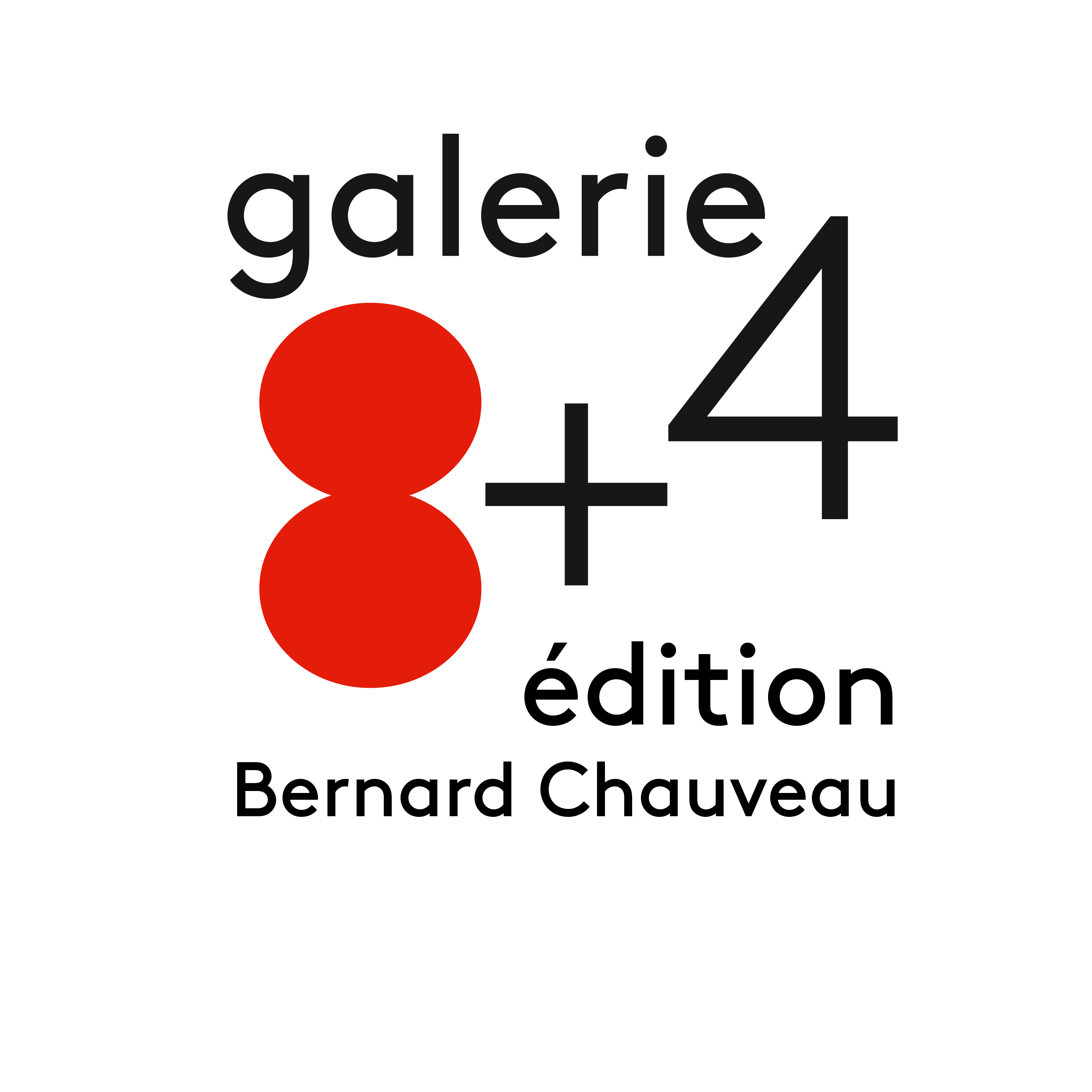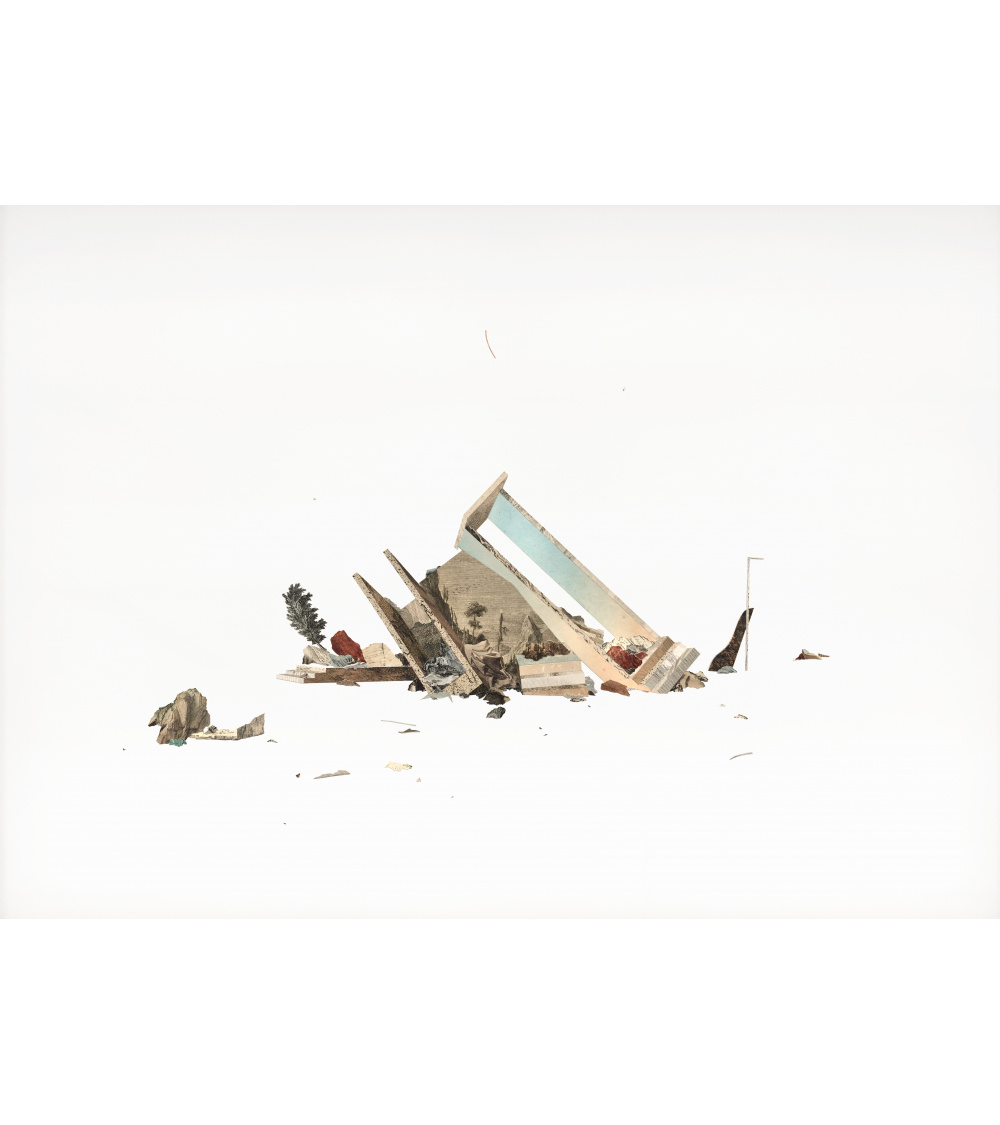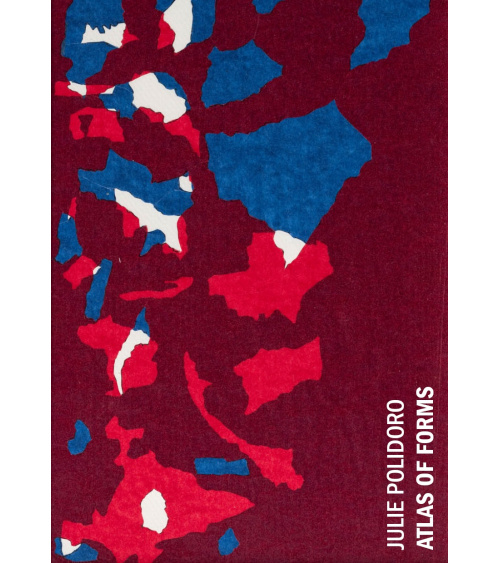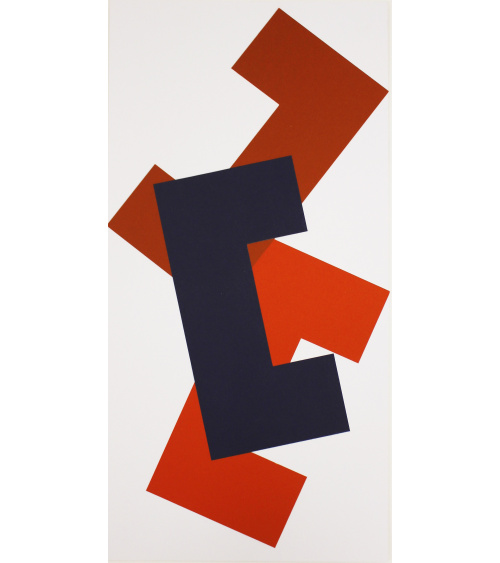Claire Trotignon / Erosion Square Matter
Exhibition from September 10 to October 31, 2020
The exhibition “Erosion Square Meter” will present Claire Trotignon’s recent works.
Claire Trotignon explores the challenges of representation while questioning history, the nature of our contemporary space, and the power of utopias. Through her collages enhanced with drawings and colored inks, she imagines generic landscapes that collide different times inside single images.
Over the last ten years, this young artist has gained recognition for her use of old engraving fragments she combines in aerial compositions where the negative space is more meaningful that the represented elements. Her engraved textural lines often punctuated by a few solitary trees give rise to scattered representations she enhances with futuristic architectures reduced to a few generic elements. Recently, her work has taken a new turn, especially through works mid-way between sculpture and collage that emphasize the fragility of our current society crossed by contradictory messages.
Thus doing, Claire Trotignon claims that every landscape is, first and foremost, a mental construction capturing the representational issues of a certain time and culture. Both reminiscent of the past and hopeful for the future, her landscapes mostly talk about the impossibility of our culture to grow deep links with nature. In Claire Trotignon’s work, the landscape becomes the symbol of a loss, but also the possibility of a new understanding of our reality, including in its most metaphorical dimension.
Trotignon (Claire)
The artist was born in 1985 in Paris, where she lives and works. She graduated with honours from the École supérieure des beaux-arts in Tours in 2008, and has become one of the most talented artists of her generation.
The practice of collage in Claire Trotignon's work should be seen as a successful attempt to talk about our time, to talk about it in a different way. There is in her work a happy collision between elements belonging to the past and forms visibly coming from the future. Nothing in her works seems to speak of our present or even to refer to any events or mutations in our culture. She composes each of her landscapes from hundreds of fragments of 19th century engravings, which she cuts out meticulously before gluing, arranging and distributing them sparsely on an immaculate white background. Their assemblages shape rocky outcrops that take the form of mountains, cliffs, or are reduced to a few elements denoting a place with no precise location. And always, a tree, or even a grove, comes to fix the ladder. Around the infinite, the void, so present in this white that radiates while leaving things unsettled. In Claire Trotignon's work, emptiness is the very basis of the composition and refutes all forms of gravity. Things float freely, excluding any clearly defined horizon or even a constraining vanishing line. The frame therefore appears as an arbitrary cut-out.
Like real traps for the gaze, these collages are populated with architecture, or more precisely with the ghosts of constructions. From series to series, they have become more abstract to the point of being embodied just as much in the archaic structures of ancient peoples or taking on the minimalist evidence of utopian architectures, which they regularly adorn with touches of intense blue applied with a brush. These arches, these blind walls, these pits and esplanades, these endless perspectives evoke a levitating future world where reality seems to have lost all substance, scattered in the folds of time and therefore of our imagination. Claire Trotignon reaffirms that any landscape, especially an urban one, is above all a mental construction in which the stakes of representation in a given culture crystallise. By playing with the idea of history, of cycles, by calling upon non-Western modes of representation (one thinks in particular of Japanese prints), her collages ultimately produce an image where the past and the future seem to cancel each other out in the ruins of the present. For the landscapes that Claire Trotignon composes are obviously metaphorical and also refer to this break-up of our contemporary cultures.
No customer reviews for the moment.








